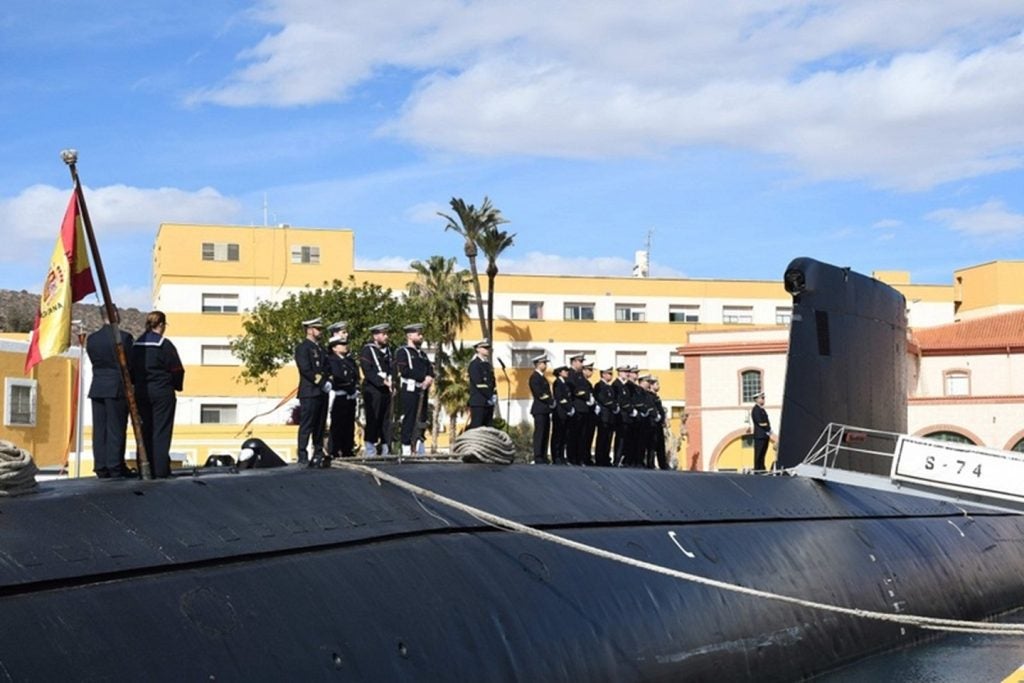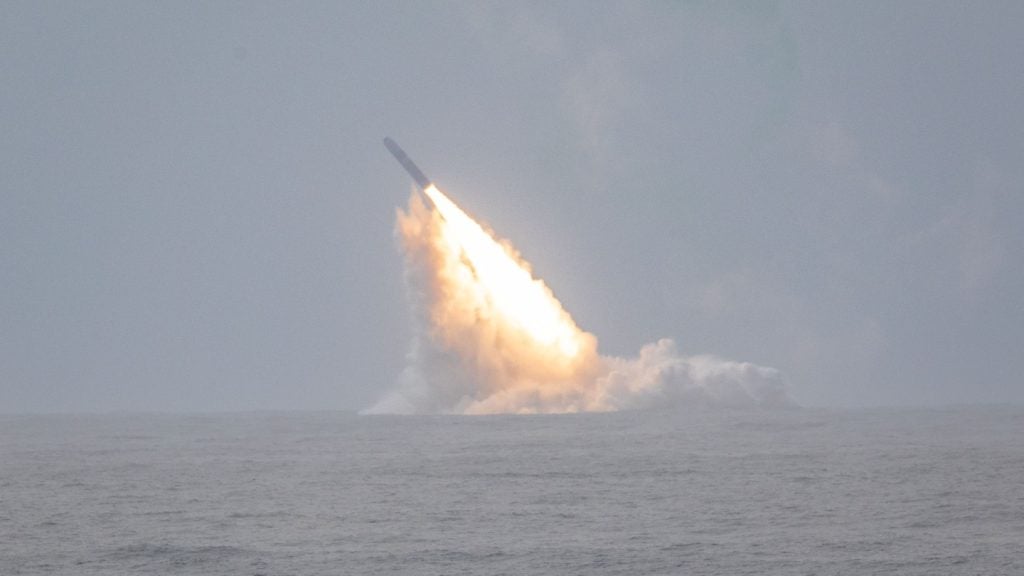The Spanish Navy has decommissioned the last of its Galerna-class diesel-electric submarine (SSK) at a ceremony on 16 February, with the Tramontana (S-74) having been operational since November 1984, leaving just a single modern S-80 SSK as the country’s sole subsurface combatant.
Built by Bazán (now Navantia) in its Cartagena shipyards, the Tramontana sailed a total of in excess of 315,000 nautical miles, spending 218,384 of them submerged. The decommissioning ceremony took place at the Submarine Base in Cartegena and attended by senior naval officials.
According to the Spain’s Ministry of Defence, the Tramontana contributed to a range of international exercises and operations, including Unified Protector off Libya in 2001. The submarine underwent an overhaul from between 2014-2017, during which Navantia upgraded a number of capabilities in order to sustain the vessel in service.
As a result of which, the Spanish Navy now operates a single SSK, the S-80 Plus variant Isaac Peral (S-81), which was commissioned into service in 2023. Spain will eventually receive an additional three S-80 Plus submarines, which of variants of the French Scorpene design.
The Isaac Peral reached its maximum operational depth after facing delays and cost overruns. The submarine, part of the S-80 class programme, underwent redesigns and budget crises before finally reaching this milestone.
The S-80, equipped with features such as an air-independent propulsion system and electric propulsion motors, is designed to operate stealthily in remote areas at high speeds.
Spain’s hydrographic fleet also reduced as Antares decommissioned
Meanwhile, the Spanish Navy also decommissioned the hydrographic ship Antares after more than 50 years of operation.
With the decommissioning of the Antares, Spain’s hydrographic flotilla comprises the two, 1,000 tonne Malaspina-class survey ships (Malaspina and Tofiño), both homeported at the La Carraca Naval Base in San Fernando.
Designed and built by Navantia in San Fernando (Cádiz), Antares was delivered to the Spanish Navy in November 1974 as the third of four Castor-class hydrographic survey vessels.
In 2023, the Spanish Government approved the building of new hydrographic vessels, with two coastal hydrographic ships being built by Navantia. A further oceanographic survey vessel and five hydrographic barges are due to be approved for construction this year.
Additional reporting from Andrew Salerno-Garthwaite.











